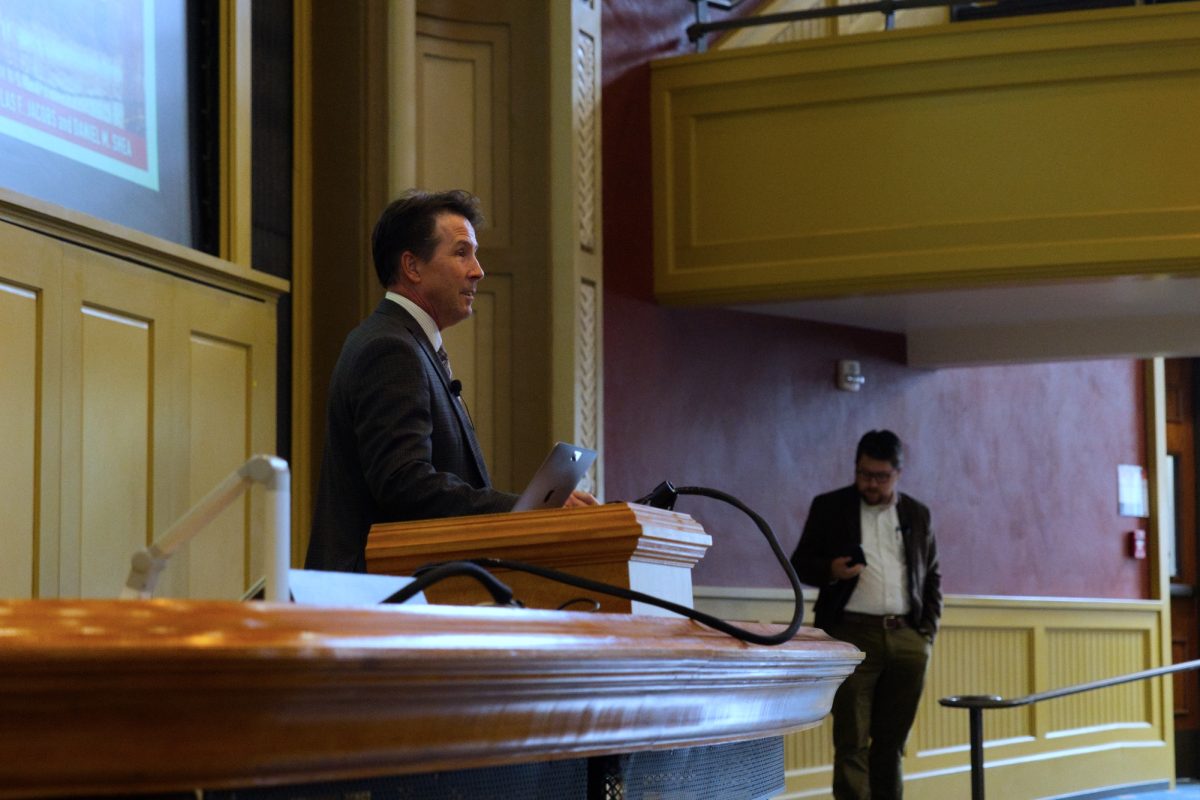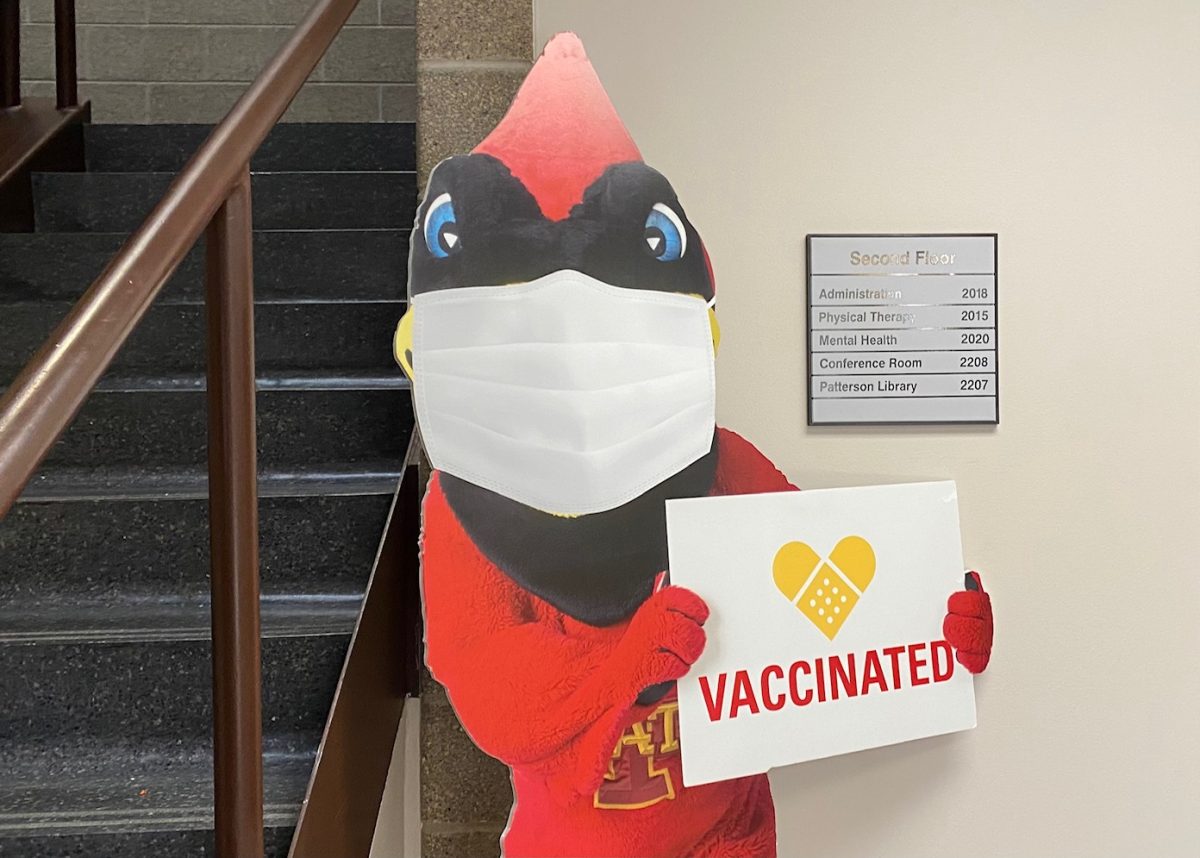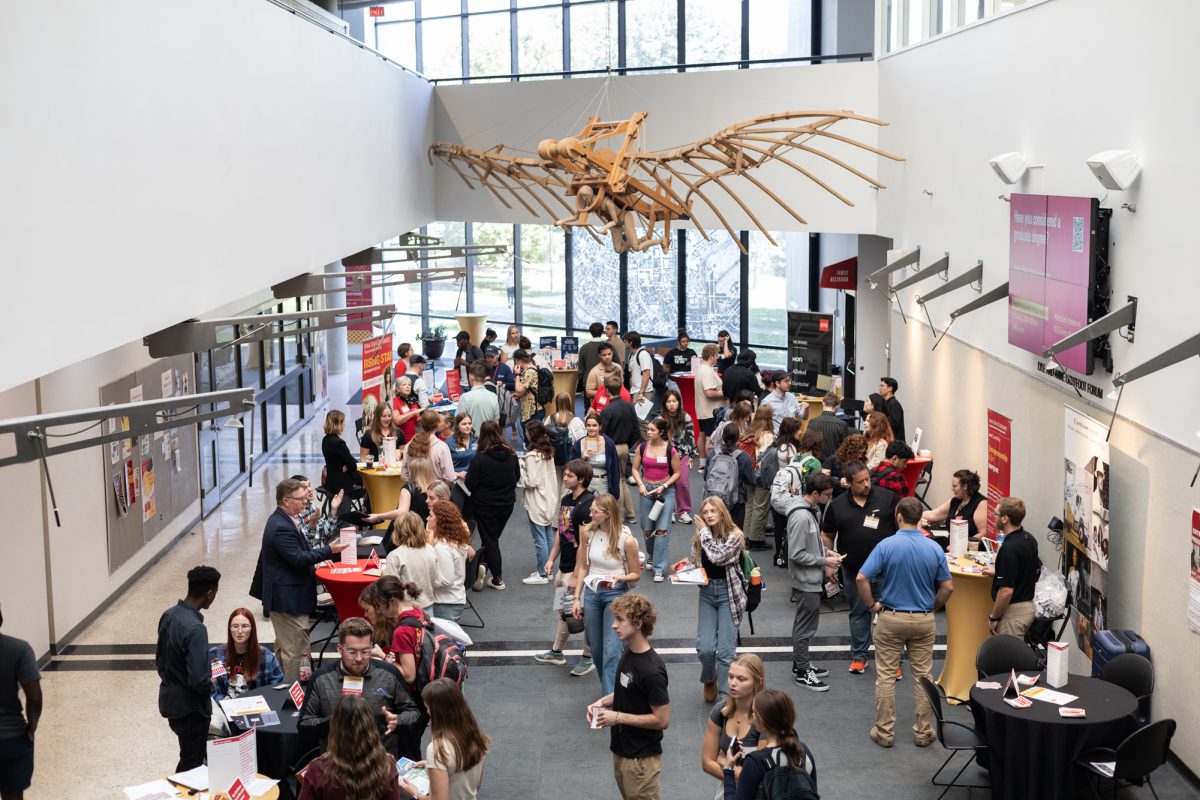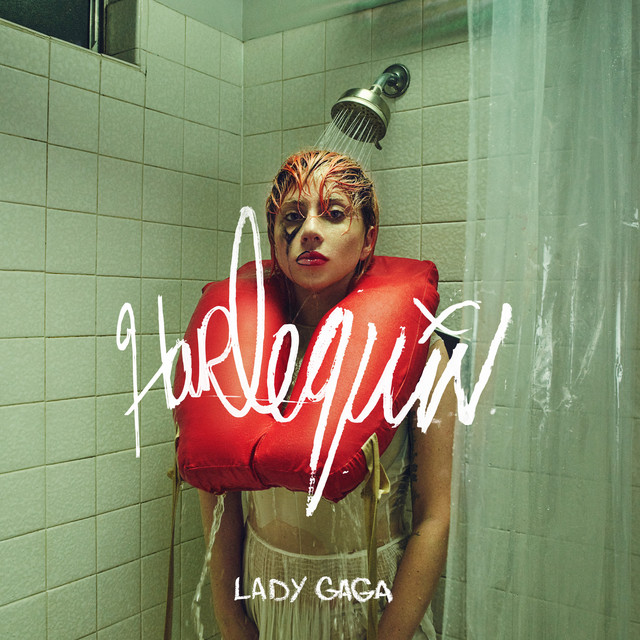Virtual reality: Check it out
November 6, 1998
While many people have seen virtual reality simulators on TV and read about them in magazines, few have actually experienced the technology. However, some Iowa State students use virtual reality simulators every day.
The Synthetic Environment Laboratory in Room 1117 of Black Engineering Building houses the C2, ISU’s own immersive virtual reality environment. Operated under the Iowa Center for Emerging Manufacturing, the C2 allows the user to fully enter a virtual environment.
Carolina Cruz-Neira, associate professor in the electrical and computer engineering department, developed the technology for the C2 while she was at the University of Illinois. She now supervises the Synthetic Environment Laboratory.
The C2 is the actual structure, which consists of three movie screen walls, a 12-by-12 foot floor, and a metal frame that supports the walls along with four projectors and a series of mirrors.
The projectors reflect images off the mirrors and onto the back of the screens. This keeps the user from blocking the images and creating shadows.
Cruz-Neira explained that a magnetic tracker calculates a true stereoscopic view, which allows a person to move around and into virtual objects.
A pair of glasses creates depth perception by alternating viewing between left and right eyes while matching left and right eye views are projected on the screen.
“[The alternating] happens very, very fast,” Cruz-Neira said. “Your eyes see two different images so your brain merges them into one.”
Lewis Hill, graduate student in computer engineering, said the C2’s graphics are displayed through the use of two Silicon Graphics Inc. computers that have Onyx infinite reality engines.
Each computer houses 12 processors and a gigabyte of memory. A 500 to 700 megabit dedicated network is used “to communicate between the two machines to ensure they both have the same data at the same time,” Cruz-Neira said.
People from many disciplines make use of the lab, not just electrical and computer engineering students and faculty, Cruz-Neira said.
“There are faculty members from mechanical engineering, computer science, mathematics, art and design and all those students that work with those faculty members [using the lab],” she said.
Cruz-Neira described the system as an “immersive facilitation tool.”
She described a project studying air flow in a tractor cab.
“We can walk into [a 3-D immersive visualization of] the cab and put yourself somewhere in there. And using your hand with a glove, drop particles and see the particle trace in the flow,” she said. She said the traits of the flow can then be studied and modified.
Other uses of the lab include walk-through tours of buildings where criteria such as “floor plan alterations, distribution of space and safety concerns” can be addressed, Cruz-Neira said. Users can also take a virtual tour of campus or visit ancient buildings in Rome or Greece.
Demonstrations are given every third Friday of the month from 9 a.m. to 5 p.m. Reservations are required and can be made by calling 294-3092.






